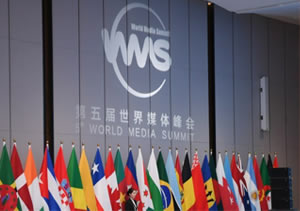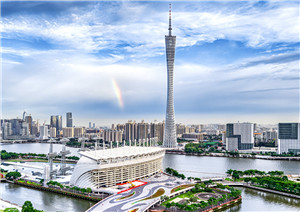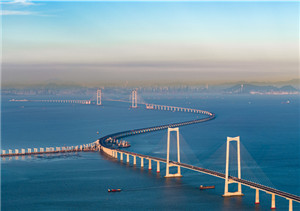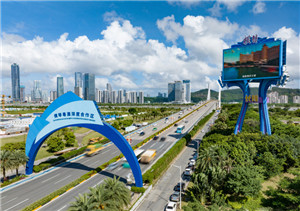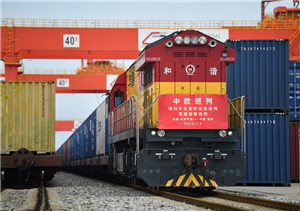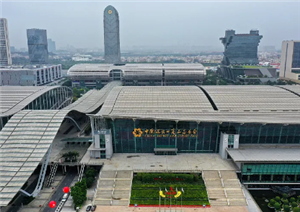The Pearl River Delta region maintained strong economic growth in the first half of 2025, with its nine cities generating a combined GDP of 5.6 trillion yuan ($780 billion), accounting for 81.9 percent of Guangdong province's total output.
Shenzhen led with 1.83 trillion yuan, up 5.1 percent year-on-year, followed by Guangzhou at 1.51 trillion yuan, up 3.8 percent, together contributing over 60 percent of the province's economic output.
Shenzhen's growth was driven by emerging industries, with drone production surging 59 percent and industrial robot output increasing 38 percent. The city's services sector expanded 6.1 percent, now representing 64.4 percent of GDP. Guangzhou saw notable gains in integrated circuit manufacturing, up 30 percent, and drone production, up 37.7 percent, while its new energy vehicle output grew 9.5 percent.
Manufacturing hubs demonstrated remarkable transformation, with Dongguan's server production skyrocketing 408.8 percent and Huizhou's electronics sector growing 15.7 percent. Foshan's industrial robot output rose 30.6 percent while maintaining 5.3 percent growth in industrial investment.
The western cities benefited from new infrastructure, with Zhongshan's advanced manufacturing expanding 8.3 percent following the Shenzhen-Zhongshan Link opening. Zhuhai's digital economy showed particular strength, with internet services revenue jumping 117.3 percent.
Consumer markets flourished across the delta, with Guangzhou's retail sales growing 5.9 percent. Replacement policies drove significant sales increases - 145 percent for electronics in Huizhou and 131.9 percent in Zhuhai. Online retail sales grew 28 percent in Dongguan. High-tech exports increased 8 percent in Shenzhen and 7.1 percent in Foshan, signaling the region's transition to higher-value manufacturing.



